at the water's edge
At The Water's Edge: Working and living along the delaware river
While only 326 miles in length – considerably shorter than other nearby rivers – the Delaware River might be small, but it is mighty. Learn about the people who worked and lived along the river for centuries.
Home to millions of people for centuries, this waterway is the most significant geographic feature along the eastern seaboard. In Independence Seaport Museum’s newest exhibition, At the Water’s Edge: Working and living along the Delaware River, learn about the people who lived and worked here, from sailors to ironworkers, to canal boatmen to newly arrived immigrants seeking economic and religious freedom. Curated with artifacts and artwork that haven’t been seen before by the public, this exhibit allows visitors of all ages to embark on their own journey of defining the importance of the Delaware River steps from the water’s edge.
Exhibit Highlights
A portrait of “Alice”: Alice was an enslaved woman who lived her entire alive along the Philadelphia Waterfront. She managed and operated Dunk’s Ferry (going from present-day Neshaminy State Park, PA to Edgewater Park, NJ) for some 40 years, transporting passengers, wagons, and cargoes herself across the sometimes swift tidal Delaware.
4 works by Paul Cret of local bridges: the Ben Franklin, University Avenue, and Penrose Avenue.
A surveyor’s drawing of Smith and Windmill Islands. These islands were removed during 1893-1897 to make room for larger ship navigation.
Chart made for William Penn in 1681 of the Philadelphia region showing how the Lenape lands were first divided into parcels – with the owner names.
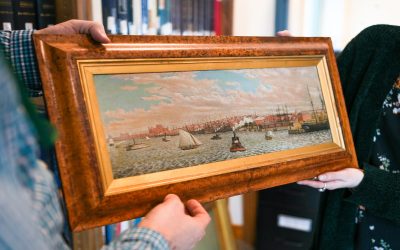
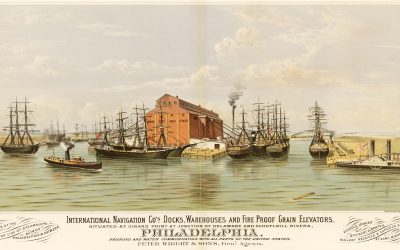
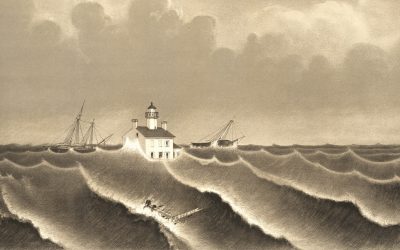

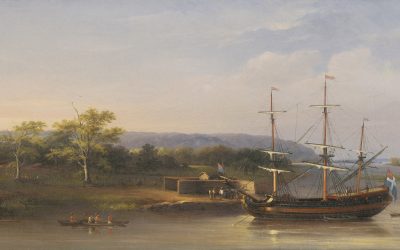
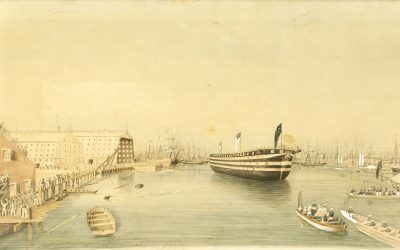
At the Water’s Edge: Working and living along the Delaware River opens on April 14, 2023, and runs through May 2025. It will be on display in the new Richard C. von Hess Foundation Gallery. We thank The Richard C. von Hess Foundation for their generous support.
visit the seaport museum
Immerse yourself in award-winning exhibitions and climb aboard the Olympia, a nineteenth-century cruiser, and the Becuna, a World War II-era submarine.

